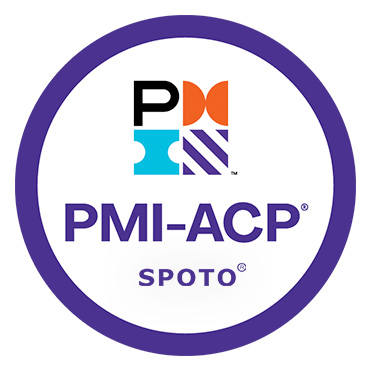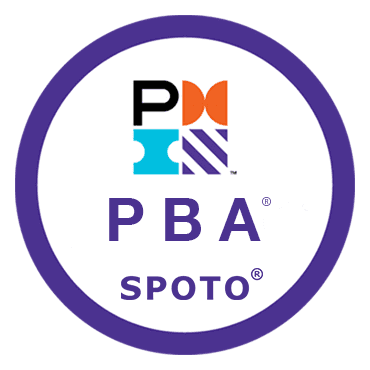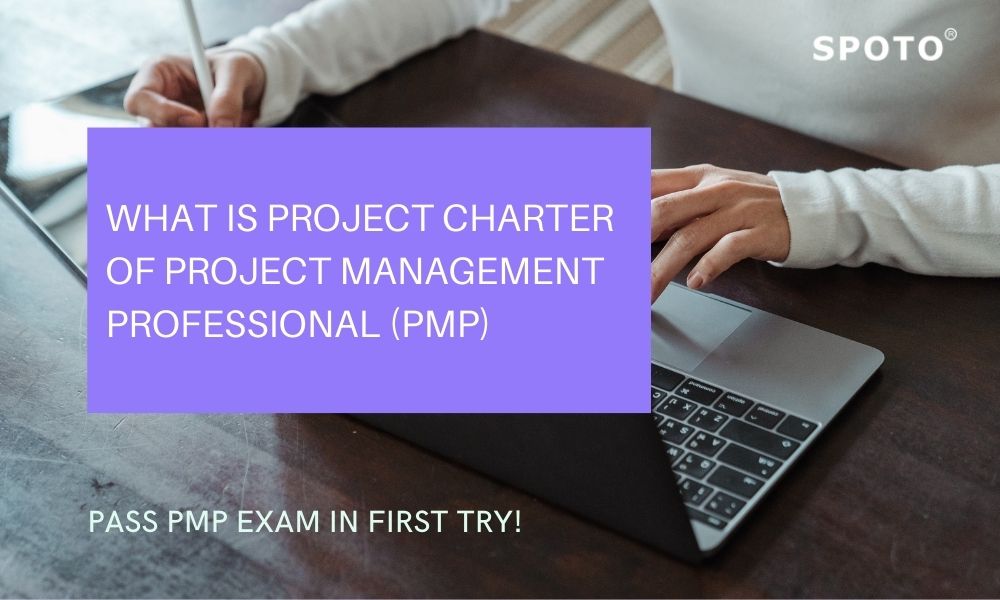A project charter is a formal document that permits the project team to carry out project activities and gives the project manager the authority to allocate organizational resources to those activities. Six to ten questions about the project charter could appear on the PMP exam. To correctly answer the questions on the PMP test, you must first grasp the components of the project charter, how to use each component effectively, and how to apply each component during the project.
Creating a project charter entails examining the project’s feasibility in light of the constraints and high-level planning. We do not build a thorough project plan while developing the project charter, as this is usually done after the project sponsor has given their approval. A proper sign-off permits money and resources to be allocated and supplements the creation of a detailed project plan. You identify high-level objectives, scope, risks, assumptions, constraints, and requirements during project commencement to assess the project’s feasibility by meeting key stakeholders.
| Categories | Exam Code | Pass Exam Dumps |
|---|---|---|
| PMI | PMP | |
| RMP | ||
| CAPM | ||
| PgMP | ||
| ACP |
Table of Contents
The following are some of the steps involved in creating a project charter:
• Stakeholder/customer identification: At the start of a project, the project manager must identify all stakeholders and consumers.
• Determination of project scope: Scoping is an essential activity for establishing a line between what should be done and what should not be done. In the Scope Management chapter, we’ll go over the project scope in great depth.
• Identifying project hazards: The project manager’s job is to identify risks regularly. This activity begins at the start of the project and continues throughout the project’s life cycle.
• Project assumption identification: Several procedures are carried out based on organizational and project environmental elements. These activities are carried out as a result of process policies or presumptions. As a result, it’s critical to debunk all of the assumptions. The project manager is generally in charge of this, with input from other stakeholders.
• Determination of high-level project requirements and objectives: At this point, detailed level requirements and goals are not attainable. As a result, the Project Manager should concentrate on the project’s high-level needs and objectives.
• Identifying project success criteria: The project manager should also determine the project’s success criteria. This serves as a benchmark against which accurate project results are measured.
• Documentation of recognized elements: To help standardize project activity, all identified aspects must be recorded.
A solitary project manager cannot accomplish all of the above. This necessitates meetings with key stakeholders, subject matter experts, and others involved in relevant processes.
It’s worth noting that the design of a project charter covers all aspects of the project, including scope, risk, time, cost, quality, human resources, communications, and procurement. As a result, the Develop Project Charter becomes a process of integration.
Create a Project Charter – Exercising
We have detailed the Project Title and Description, Project Manager Assigned and Authority Level, and Business Case in this example of a project charter.
Here are some of the questions that are addressed:
• What is the nature of the project?
• Who is given project leadership power, and can they determine, manage, and approve the budget, schedule, and staffing changes?)
Describe the project’s goal and rationale.
• What is the purpose of the project? What financial or other reasons do we have to pursue this project?
Stakeholders and Stakeholder Requirements As Known Resources, Stakeholders, and Stakeholder Requirements
Here are some of the questions that are addressed:
• How many resources will be offered, and which ones?
• As far as we know, who the project will impact (influence it)?
• The Stakeholders’ Requirements
We’ve also included a list of project sponsors who will sign off on the project.
High-Level Project Risks, Product Descriptions, and Project Objectives, where relevant, are a few activities that should be included in a project charter.
The following are included in the project charter:
1. Make a business case
2. Choosing a Project
3. Project Justification or Purpose
4. Measurable project goals and criteria for success
5. Requirements at a High Level
6. Constraints and assumptions
7. Project description and boundaries at a high level
8. High-level dangers
9. Schedule of milestones in summary
10. Budget Summary
11. List of Stakeholders
12. Approval requirements for projects (i.e., What constitutes project success, who decides the project is successful, and who signs off on the project)
13. Project manager, responsibility, and authority level have been assigned.
14. The sponsor’s or another person’s name and authority in authorizing the project charter
Conclusion
If you want to get PMP certified, you should have a good understanding of PMP project charter. Besides, you should join SPOTO PMP online training and acquire PMP exam dumps to help you prepare for and pass the PMP Exam on your first attempt!
Latest passing report-100% pass guarantee
Related PMP exam study materials
What is the overview of a PMP and PMP Work?
2021 Free PMP Exam Demo-15 Real PMP Exam Questions
Step-by-step Guide on How to Fill the Online PMP Application Form
How much Time, Study Hours, and Fee Needed for the PMP Certification?
What does it take to get PMP certification?
A Step-by-Step Guide on How to become a PMP (Project Management Professional)
What Is PMP Certification, and What Does It Mean?










Comments